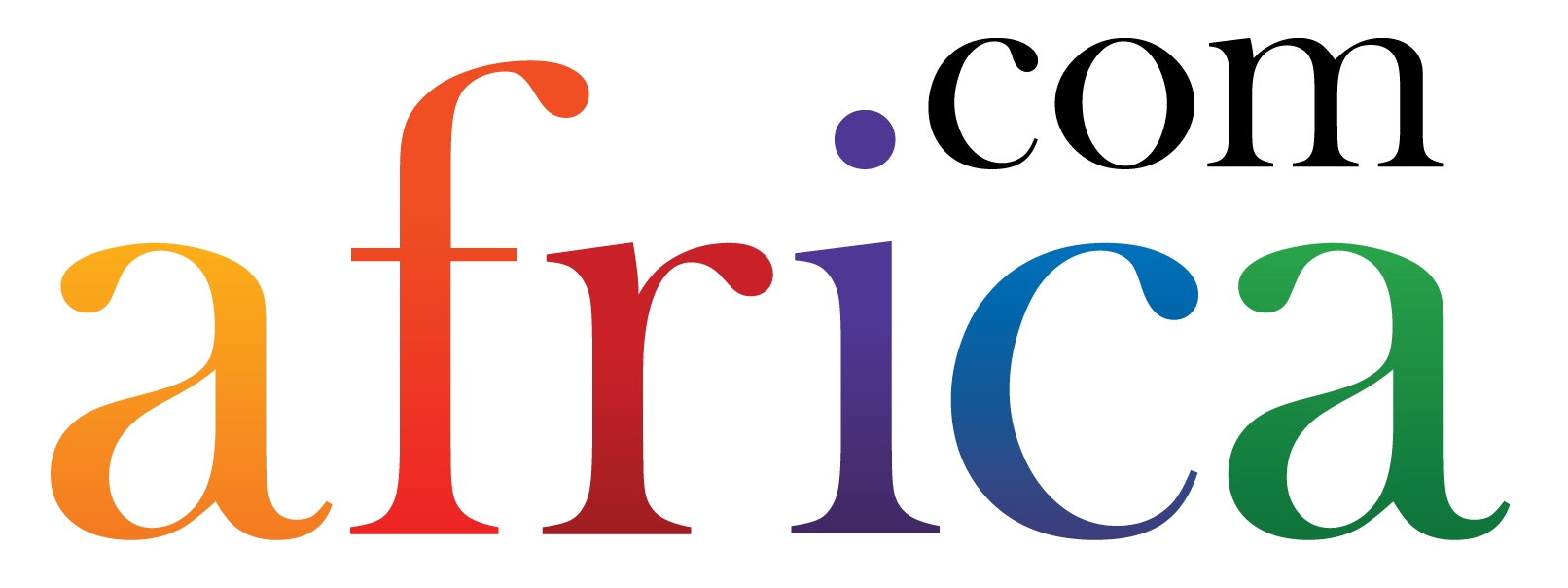Media is a critical player in ending impunity in Gender-Based Violence » Capital News
While the Kenyan Constitution outlaws a lot of traditional harmful practices that for many years have enabled the perpetuation of gender inequalities, some communities are still clung to them largely because of ignorance and impunity.
For example, the Prohibition of Female Genital Mutilation Act, 2011 criminalizes the practice and provides heavy sanctions in Kenya while at the same time provides new opportunities for the total elimination of Female Genital Mutilation. The Constitution, the Sexual Offences Act, the Children Act, the basic education Act, the Political Parties Act among others have strong provisions that would enable us deal adequately with reducing the current gender inequalities in the various sectors.
The Constitution of Kenya 2010 espouses the rights of women as being equal in law to men, and entitled to enjoy equal opportunities in the political, social and economic spheres. For instance, Article 27 of the Constitution obligates the government to develop and pass policies and laws, including affirmative action programs and policies to address the past discrimination that women have faced. In the spirit of Article 81, the government is required to develop policies and laws to ensure that, not more than two-thirds of elective or appointive bodies shall be of the same sex. The BBI proposal has already come up with a suggestion to rectify this after several attempts through Parliament and courts seemed not able to solve the issue.
However, legal means to bring change in our society, especially those relating to economic, social and cultural rights has been problematic over the years. Some serious civic education and dialogue need to be undertaken so that the country realizes the desired behavior change. For example, our experience with legal measures on traditional practices including FGM, early pregnancies and early forced marriages shows that legislation alone is not sufficient to eliminate the practice and a multi-sectoral approach that has a strong media and public awareness component is necessary and needed.
The campaign against gender inequalities in Kenya requires not only the political will but mass social mobilization and changing social norms and mindsets, a role the media can play. Media has the potential to influence the national discourse on the issue, sway public opinion and assist in community mobilization towards change of behaviour. State and Non-State actors have over the years collaborated and devised methods devoted to education, community dialogues, engaging the youth, religious and traditional, including other measures such as the promotion of girls’ education in order to eliminate these practices.
Given that the media is the most authoritative source of information on many issues, the media must give women their right to recognition and development by allowing their voices to be heard. With the current number of media outlets across the country, including community and local language-based stations that are hugely listened to with a lot of influence on the communities., we need to engage more in creating massages that facilitate our people to change their attitude, practices and behavior that perpetuate gender inequalities and inequity.
Judie Kaberia, Gender Media Trainer at the Voice for Girls and Women’s Rights notes that it is the responsibility of the media to be the survivor’s voice, to create awareness about GBV, to educate the public to help in prevention and demand for justice to punish perpetrators. We have a duty to report on sexual and other forms of GBV. Through media reporting, we can influence policies and demand for individual and societal responsibility in protecting and respecting the rights of every woman, every man and every child.
Women forging new political ground often have to struggle to receive media coverage and legitimacy in the eyes of the media and subsequently the public. For one to be noticed, she has to act in a manly way so as to prove a point. People like Hon. Kawira Mwangaza, the Meru Woman Rep and proprietor of Baite TV had to start and aggressively use their own media house to be felt, and when they do this, they create other perception issues from the community.
A study by AMWIK, “Misinformation, Fake news and elections: An assessment of the Influence on women journalists and politicians in the 2017 General Election in Kenya” which sought to document the influence of fake news on women in politics and media during the 2017 Kenyan election period established that fake news contributed widely to the way voters perceive women candidates. The study found that fake news had an influence to the gender dimension.
Another challenge facing women seeking leadership positions is that they are perceived to be assertive or ambitious. These standards are differently applied to the men who are considered as good leaders. When such stereotypes are amplified by the media, especially by journalists with little knowledge on gender issues, it becomes the national agenda and end up tilting the understanding and public information shared and consumed by the public.
Unesco notes that Media (newspaper, radio, television) and new technology are a part of culture and society. It is widely accepted that media are transmitters of culture and engines behind globalising cultures. In countries of high media density, there is no aspect of society on which media have not had an impact, albeit to varying degrees. Media can also be framed as social actors in and of themselves, with the power to give impetus to social development.
A study by the Media Council of Kenya done in 2015 entitled: The Gender Agenda: Assessing gender issues in the Kenyan media established that men are always central items both as sources and subjects of stories. The study also established that none of the media houses have gender policies, which affected the manner they assigned or covered stories, especially with a gender perspective. Women are seldom portrayed as politicians, newsmakers, experts, and business leaders. Most of these are normally associated with the male folk regardless of the fact that women too have also successfully ventured into these fields emerging top. As a result of this exclusion, some categories of women receive less attention in the media. This is so particularly with women leaders at the Counties, who have been neglected even by local-based media. Interestingly, the few women that receive attention from the national media are also the same that are substantially covered by regional and community media.
The media is very crucial in working together with other stakeholders in the realization of the two-thirds gender provisions and advancing gender equity in society. Information resources should be accessible to both men and women to express themselves, dialogue with each other on matters touching on the development process. Women’s inclusion in the media including online can promote the gender’s empowerment and participation in the development process including defining their development agenda. Women in the media have the potential to promote editorial policies in favour of gender equality in media content, play a role in eliminating stereotypes and portray a fair representation of men and women.
The challenge is to come up with an affirmative policy targeting media houses to promote and deliberately put women in positions of authority and involve them in covering hard/tough beats such as investigative journalism, science and technology.
Victor Bwire works at the Media Council of Kenya.





